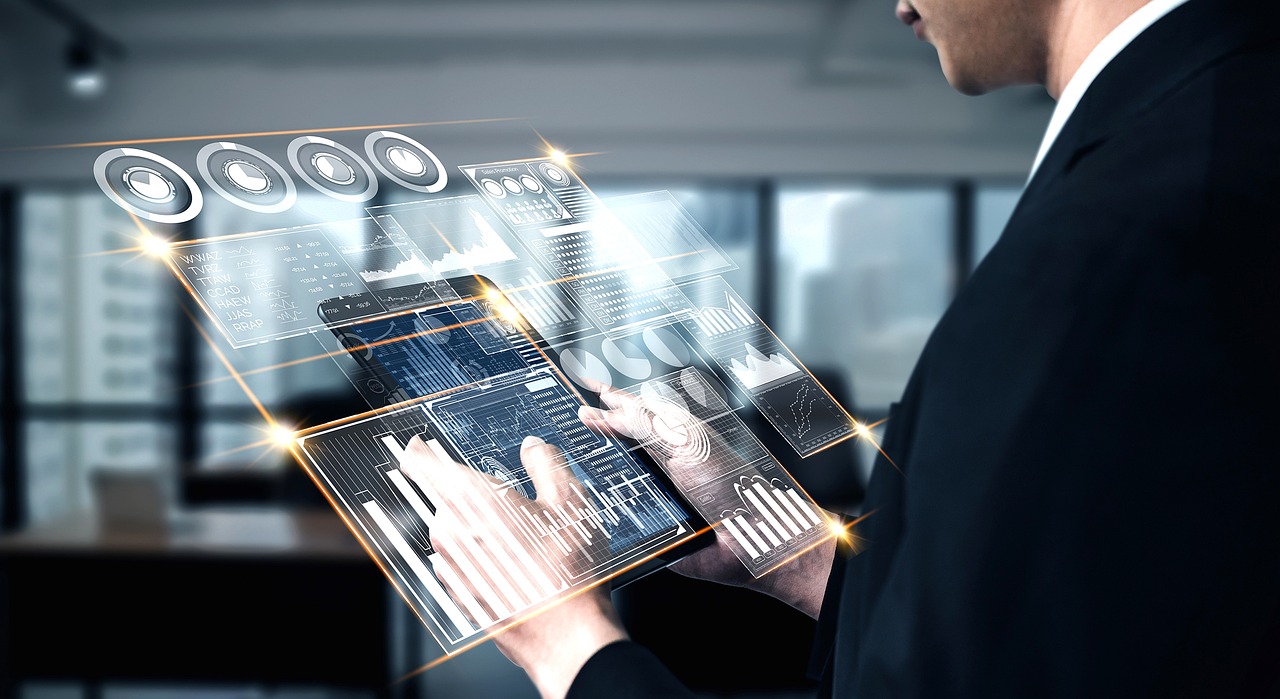Maximizing Creativity: AI Tools for Visual Content Creation Workflows
Introduction to AI tools tailored for enhancing creativity in visual content creation
The line between human creativity and technology is continually blurring in the digital age. Artificial Intelligence, once a concept limited to science fiction, has rapidly established itself as an essential collaborator in the creative industries. For visual content creators, these AI tools don’t just optimize tasks; they open doors to avenues of creativity that were once considered unattainable.
Overview of AI-powered tools and their applications
One of the striking aspects of AI is its versatility in visual arts. Consider style transfer, for instance. This innovative tool empowers artists to impose styles from one image to another, transforming a contemporary photo into something that looks like a masterpiece by Van Gogh or Picasso.
Similarly, color palette generators have emerged as indispensable allies for designers. By analyzing an image, these tools can propose a series of harmonious colors, ensuring that projects maintain a visual allure and consistency.
Then there’s the AI image generator, a groundbreaking tool that can conjure entirely new images based on specific parameters or style guides. The possibilities are endless: from characters that have never been seen before to landscapes that defy the laws of nature.
Real-life examples demonstrating how AI tools augment the creative process
Imagine a graphic designer knee-deep in a brand campaign. With a color palette generator, they can easily extract a cohesive set of colors from an inspirational image, ensuring that every visual element sings harmoniously for the brand.
Digital artists, on the other hand, are no longer bound by traditional mediums. With style transfer, they can create a fusion of styles, leading to the evolution of entirely new genres of art.
Moreover, media houses are not left behind. With the advent of upscale AI image quality tools, age-old footage that once sat gathering dust can now be restored and re-exhibited on modern platforms.
Best practices and tips for effectively integrating AI tools into visual content creation workflows
Integration is a journey, not a destination. For those looking to harness the power of AI, it’s advisable to start small. Get used to the tool, understand its strengths and weaknesses, and then consider adding another one as one of your assets.
Remember, the digital landscape is ever-evolving. As such, continuous learning is paramount. Stay updated with the latest advancements to ensure you’re always ahead of the curve.
However, as much as AI offers, it’s crucial to remember the human element. These tools are designed to enhance, not replace. Ensure your work always has a personal touch and resonates with your audience.
In terms of ethics, it’s vital to ensure that content created using AI respects originality and copyright laws and doesn’t mislead its viewers.
Discussing challenges and potential limitations when incorporating AI tools in creative processes
AI, with its groundbreaking capabilities, has indeed transformed many industries. However, like any technology, it has its own set of challenges. One of the significant hurdles faced by creatives is the potential over-reliance on AI. When creators lean too heavily on these tools, they risk overshadowing genuine human creativity and intuition that often form the bedrock of innovative content.
To start with AI’s limitations, technical limitations cannot be ignored. As advanced as they are, AI tools still operate based on algorithms and datasets. This means they have boundaries defined by their programming and the information they’ve been fed. For instance, a style transfer tool trained on classical paintings might struggle when presented with modern abstract art.
The unpredictability of AI, particularly in creative applications, poses another challenge. For example, while an AI might generate a piece of art or design based on a given dataset, the end product might deviate from the creator’s vision or intent. This unpredictability can be both a boon and a bane. On the one hand, it can lead to spontaneous discoveries and fresh ideas. Conversely, it can result in outputs that are off-brand or out of sync with a project’s objectives.
Predictions for the future of AI-driven creative workflows and their influence on the visual content creation industry
The future beckons with promise. As AI tools mature, the collaboration between man and machine will become even smoother. Artists and designers will have tools that intuitively understand their style and preferences.
Moreover, discussions around authenticity and originality will intensify as AI becomes more embedded in the creative process. What defines ‘human-made’ versus ‘AI-assisted’? These are questions the industry will grapple with.
The integration of AI is revolutionizing visual content creation. By embracing its potential and navigating its challenges, creators can look forward to a future where their visions are brought to life in ways they once only dreamed of.
In the rapidly evolving landscape of visual content creation, AI tools have emerged as powerful allies, offering innovative solutions like style transfer, AI image generation, and image quality enhancement. While these tools promise to transform the creative process, making tasks more efficient and opening new avenues of artistic expression, they also come with challenges. Over-reliance on AI can diminish human creativity, and the unpredictable nature of some tools might produce unexpected outcomes. Furthermore, each AI tool has its specific niche, demanding a nuanced understanding for optimal application. AI blurs the lines between human and machine-made artworks, and preserving the human touch in art is becoming increasingly challenging.

